
The 4th Conference of the Sahel and West Africa Program (SAWAP) in Support of the Great Green Wall has ended in Accra.
The three-day conference brought together about 100 participants from 12 SAWAP countries and other partners to work together to ensure the coherent implementation of the activities that support sustainable land and water management projects, and to share and capitalize on the results achieved in the implementation of the SAWAP Program to address land degradation.
The participating countries were Benin, Burkina Faso, Ethiopia, Ghana, Mali, Mauritania, Niger, Nigeria, Senegal, Sudan, Chad and Togo.
The conference was organized by the World Bank, International Union for the Conservation of Nature (IUCN) and the Permanent Inter-States Committee for Drought and Desertification Control in the Sahel (CILSS).
Delivering the key note address at the opening of the conference in Accra, yesterday, the Minister for the Environment, Science, Technology and Innovation, Prof. Frimpong Boateng, disclosed that through TerrAfrica program, Ghana had developed its Strategic Investment Framework (GSIF) for Sustainable Land and Water Management (SLWM) and the Agriculture Sustainable Land Management Strategy and Action Plan, creating, thereby, a strong enabling environment and road map for investments in SLWM.
Prof. Boateng said as part of its GSIF implementation Strategy, Ghana programmed its Global Environmental Facility (GEF) resource towards SLWM, adding that the project contributed a lot to SAWAP's goal to scale up sustainable land and water management in participating countries.
In a statement, Mr Elvis Paul Tangem, Co-ordinator, Great Green Wall, African Union Commission, stressed the need for sustainable funding for the SAWAP program which, he said, meant that there was the need to rethink strategies for funding.
In his opening remarks, Mr Henry Kerali, World Bank Country Director for Ghana, stressed the importance of multi-sectoral collaboration at the landscape level to address natural resource degradation and desertification.
Mr Kerali said sustainable and resilient landscapes were critical to reducing migration and conflicts, enhancing the resilience of livelihoods and implementing Sustainable Development Goals (SDGs), adding that the World Bank looked forward to a continued partnership with the Government of Ghana in addressing the challenges of SLWM.
Under the World Bank-funded country operations in support of SAWAP is a six-year regional knowledge and monitoring platform dubbed: 'The Building Resilience through Innovation, Communications and Knowledge Services (BRICKS) Project.
The BRICKS Project, which is to support the Great Green Wall Initiative to achieve its goals, is implemented by the three regional organizations-- CILSS, the Sahara and Sahel Observatory (OSS) and the West and Central Africa Office of IUCN--recognized as Centres of Excellence.
On the other hand, the Strategic Investment Program for Sustainable Land Management in sub-Saharan Africa (SIP) is one that responds to the region's urgent need to address land degradation and improve natural resource-based livelihoods in a sustainable way.
SIP applies the TerrAfrica strategic approach of strengthening African leadership in building coalitions, sharing knowledge and aligning and leveraging investment responses.
The TerrAfrica Strategic Investment Program provided $150 million of land degradation funding from the GEF to Sub-Saharan Africa. It attracted co-financing of about $800 million (estimates from project PIF) through its portfolio of 36 projects in 26 countries: 28 national projects, 4 transboundary river basin/watershed projects and 5 regional projects addressing specific themes.
Source: ISD (G.D. Zaney)
Read Full Story
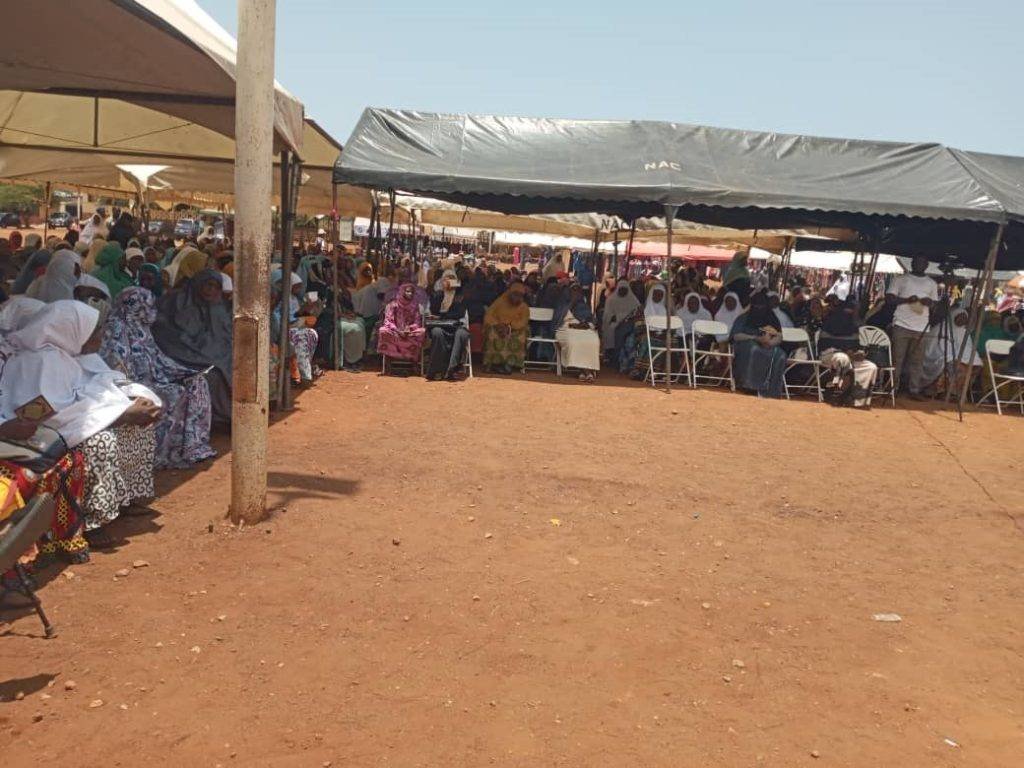
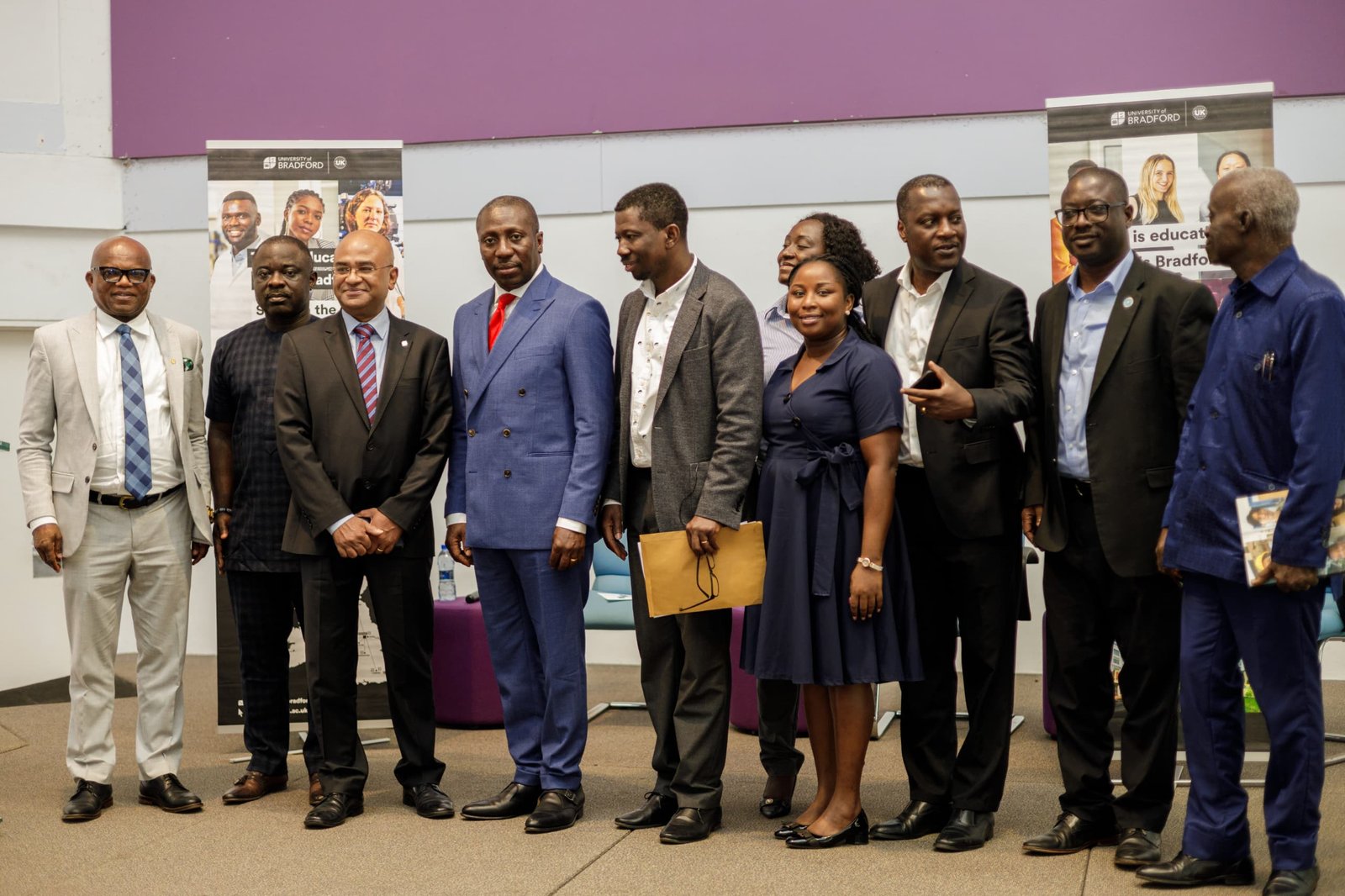
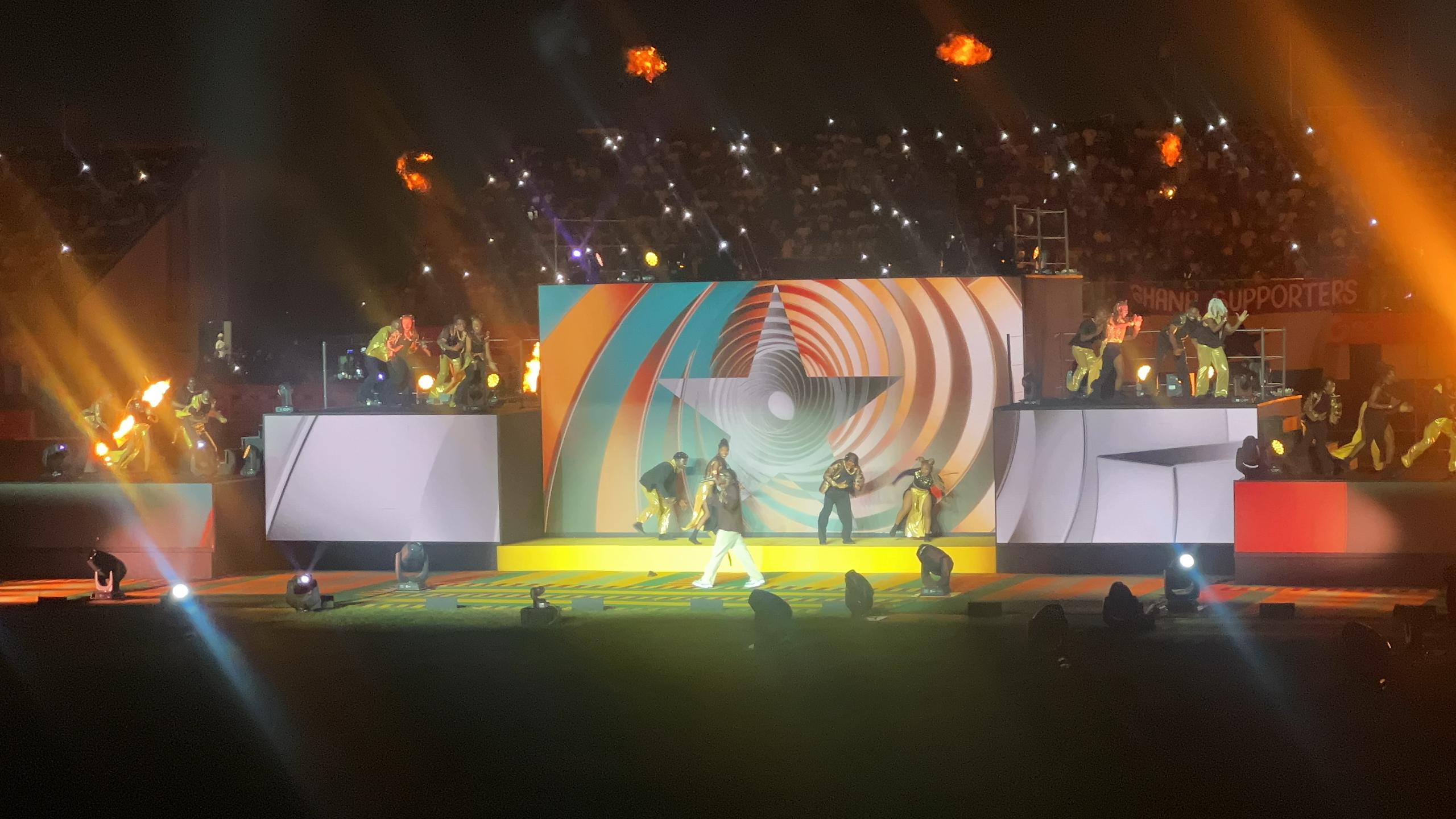


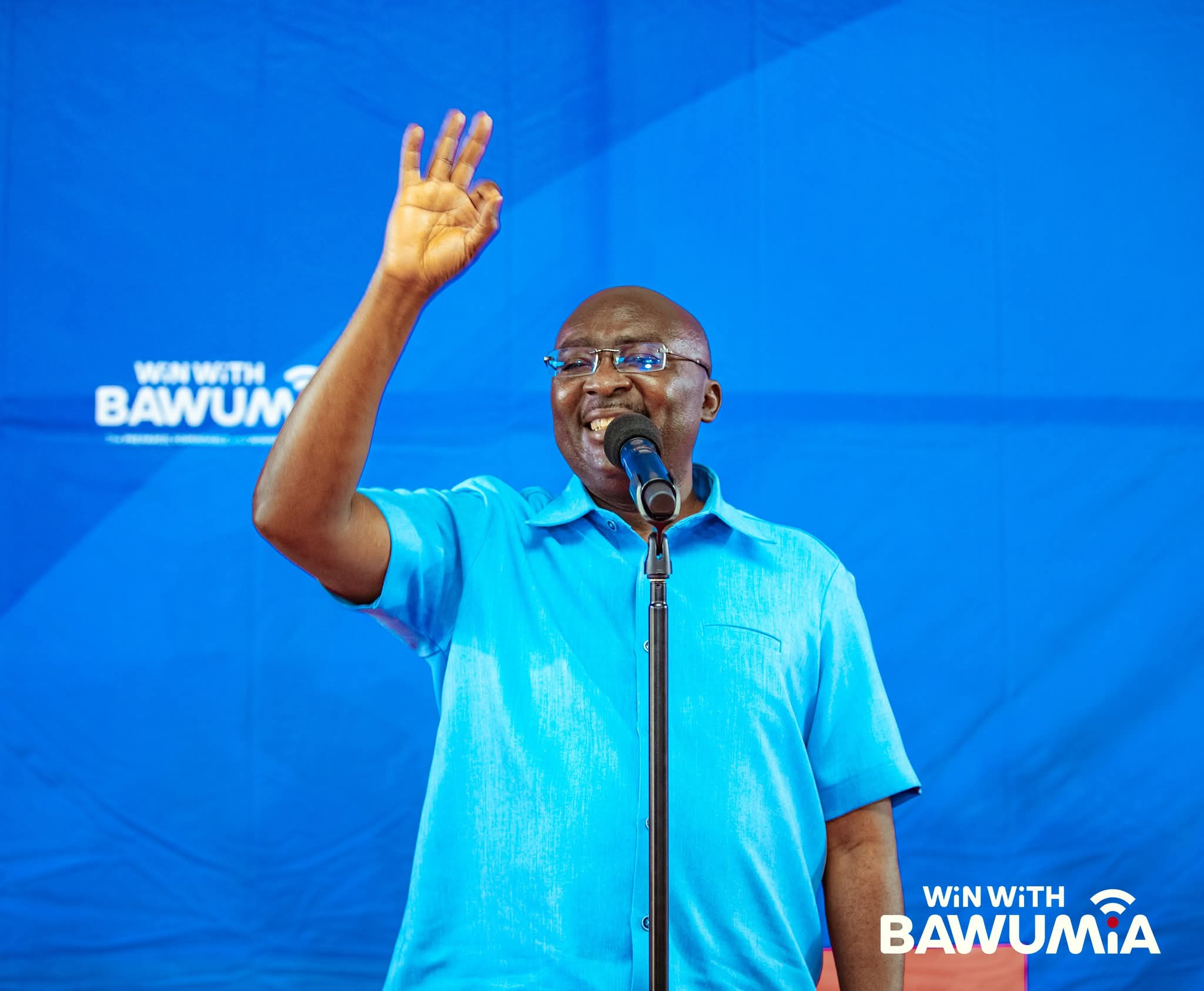


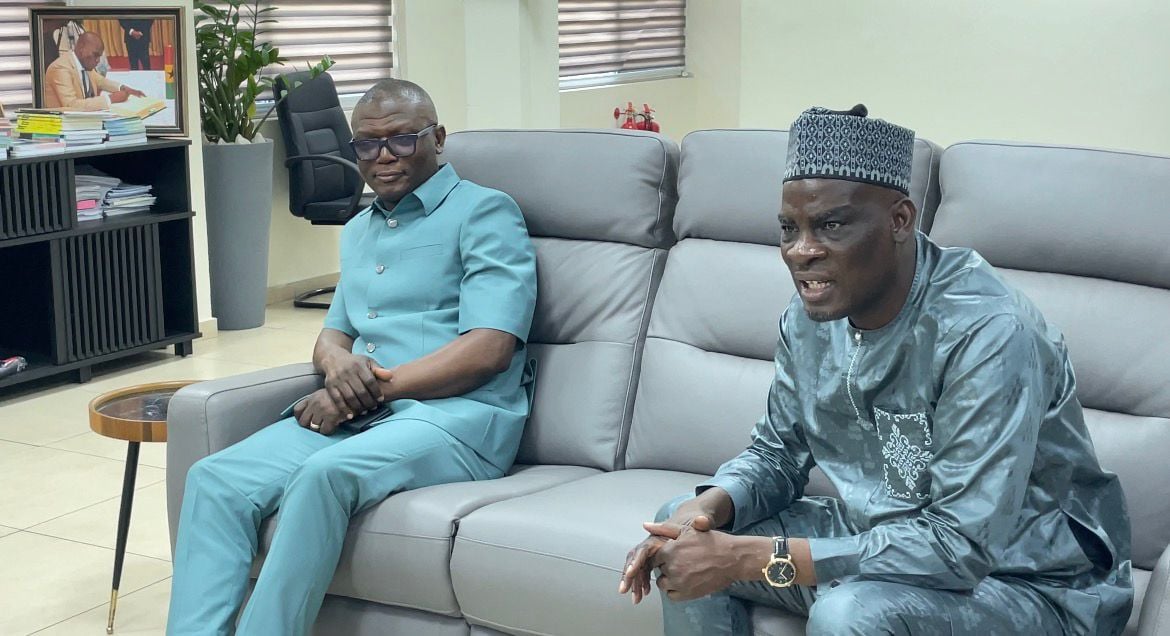

Facebook
Twitter
Pinterest
Instagram
Google+
YouTube
LinkedIn
RSS